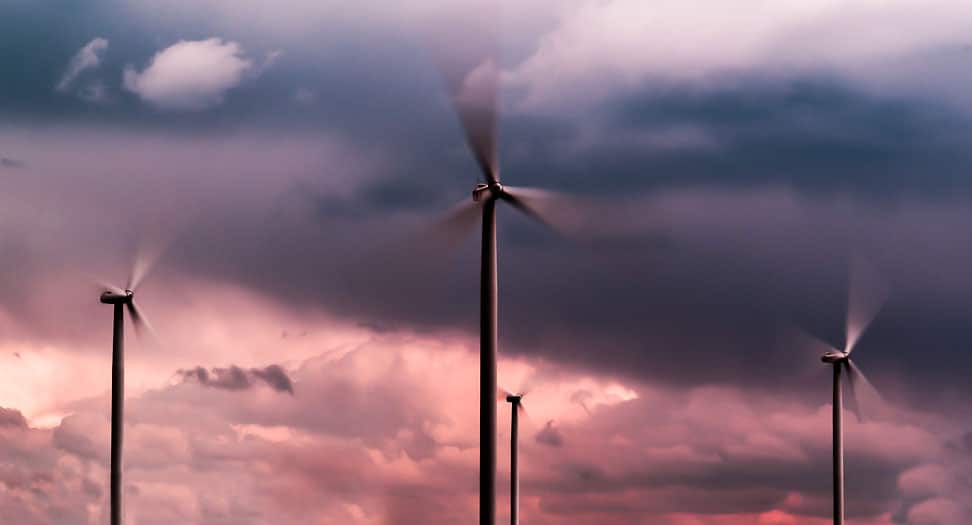
[Photo: Flickr user Arend]
A GREENER INDUSTRY
- 2016 U.S. LEED Certified industrial projects: 1,113
- 2016 U.S. LEED Registered industrial projects: 1,460
- Emissions from industry have decreased by around 10% from 1990 to 2014, while emissions from most other sectors increased during the same time.
- As of May 2016, California and Texas were leading the way in the number of LEED industrial projects, with 200 and 99 respectively.
It’s impossible to dispute that at the heart of our planet’s runaway greenhouse gas problem is the very thing that gave us our modern way of life. According to the 2014 annual “Inventory of U.S. Greenhouse Gas Emissions and Sinks,” published by the EPA, the industrial sector is responsible for at least 21% of all greenhouse gas emissions—as much as all commercial, residential, and agricultural sectors combined. Yet, in the same breath, industrial leaders have the unique power and position to both revolutionize our economy from the ground up and inspire societies and governments to act on a grand scale.
From industrial giants like Fiat Chrysler Automobiles to newer, growing, industrial players like Method—a business inherently focused on a cleaner world—the industries of tomorrow are ready to step up and make changes at every level of manufacturing. And as industries large and small take up the mantle, green design and building ideas are spreading by osmosis. As of May 2016, the USGBC listed more than 1,110 certified LEED industrial projects in the U.S., with another 1,460 registered projects in the certification pipeline—that adds up to 656,078,694 gross square feet of LEED certified or registered space spread across the country.
Taimur Burki, global green building program manager at Intel Corp, says using green cleaning supplies and methods reduces liability, waste management, and disposal costs. Colgate-Palmolive, United Technologies, Procter & Gamble, Intel, and Kohler are industry giants, and they are all leaders in the move toward greener manufacturing. According to the USGBC, the improved indoor environmental quality in LEED buildings reduces sick leave, absenteeism, and stress levels of employees.
In many states, industry is taking the lead in the fight against climate change, and to business owners, it just makes good business sense. Whether it be reimagining the structure and functioning of their factories, adopting the newest and most energy efficient technologies, or even inspiring a cultural shift toward sustainability among employees, industry is leading its own quiet revolution.
